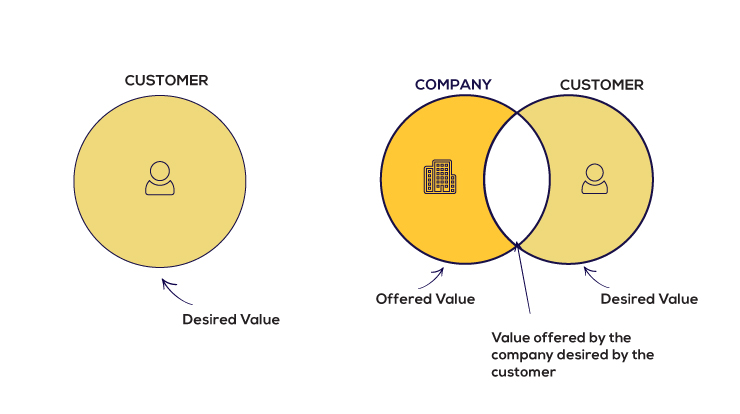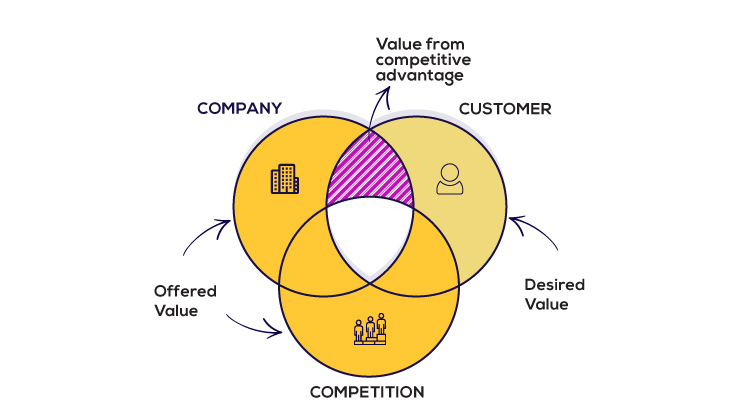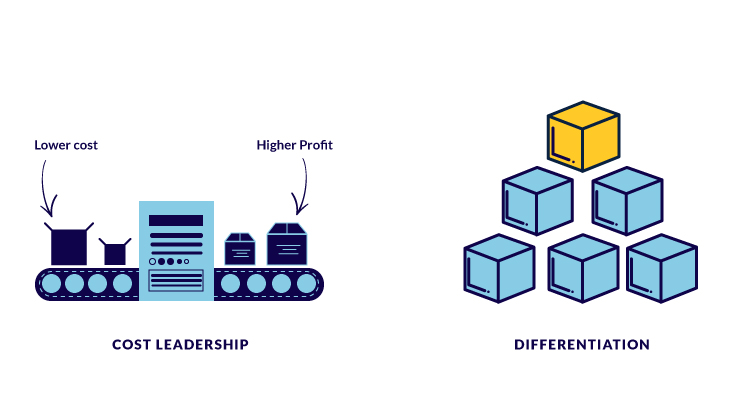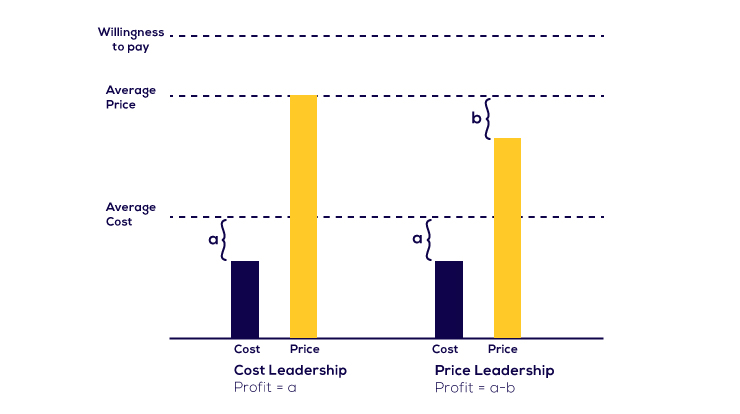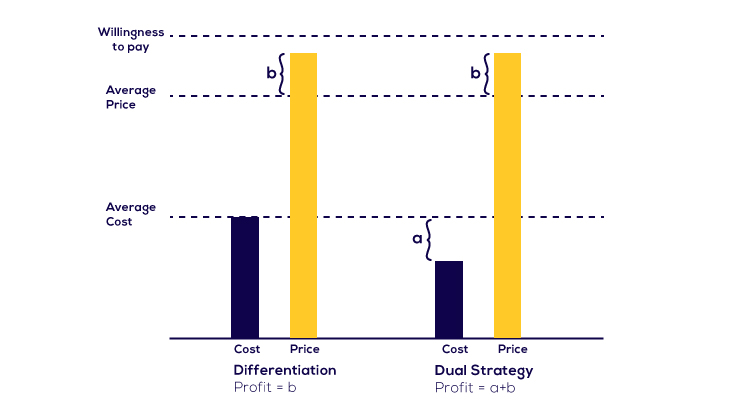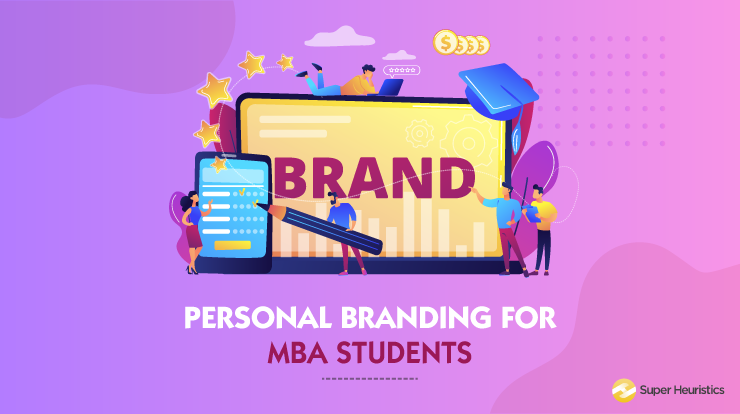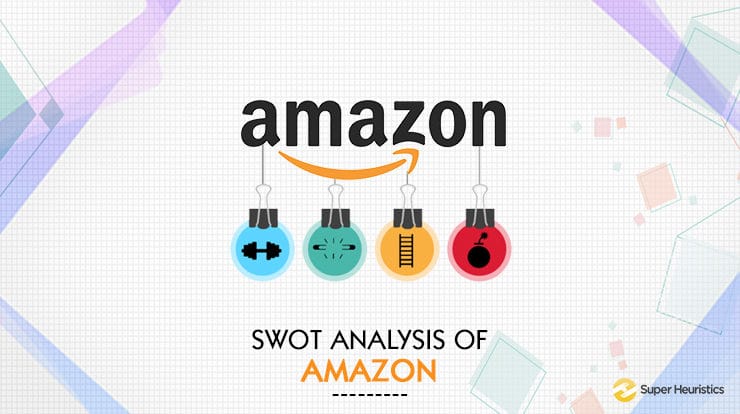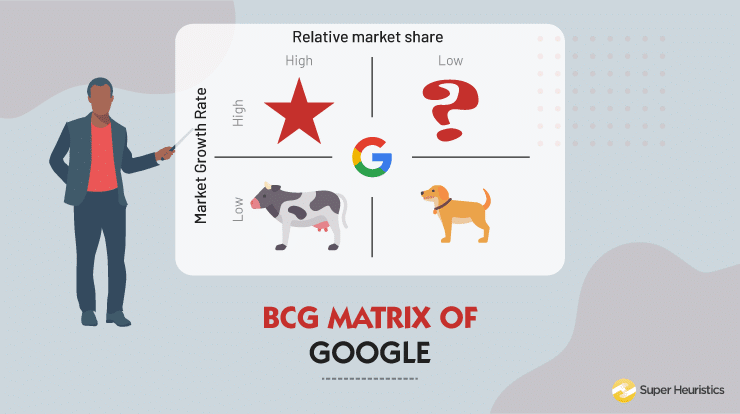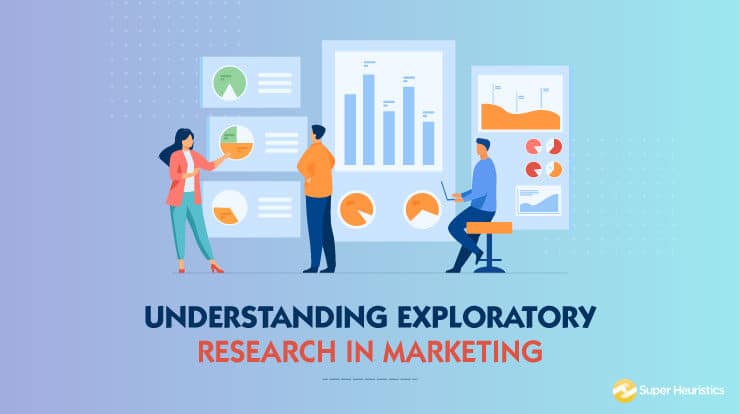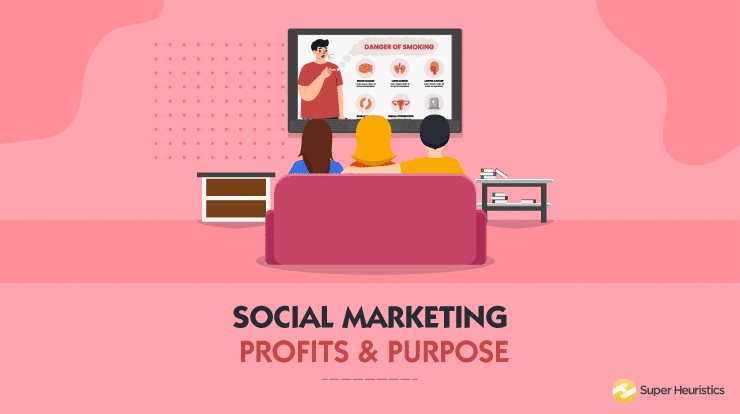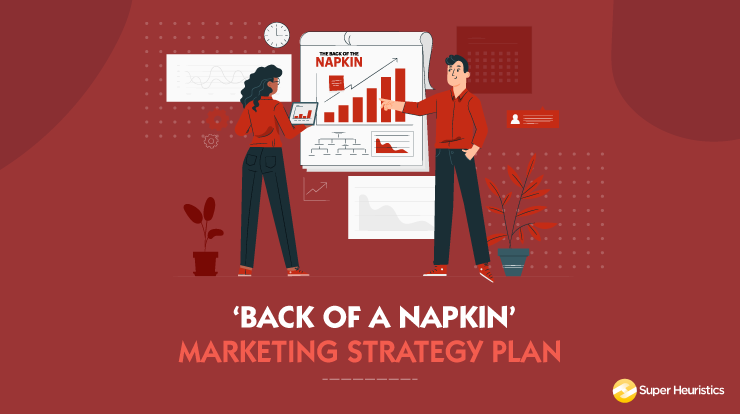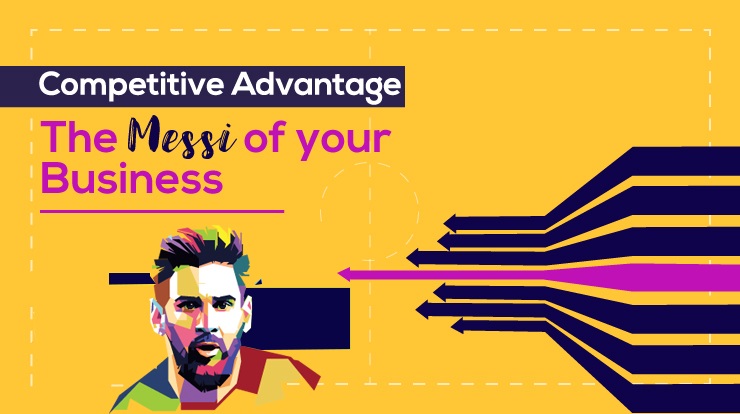
The article describes how competitive advantage sets a company apart from its competitors. This helps in delivering unique value to its customers. The two types of competitive advantage – cost leadership and differentiation have been discussed with a quick look at the economics of both.
The last article Strategy Management defined in three simple words discussed how strategy is nothing but making ‘choices to win’. Winning could be different for different businesses. It could be high customer engagement for some and gaining a high market share for the others.
So if for a company, winning is capturing the highest market share by volume in the industry, it needs to woo its customers. In order for your offered value to remain the customer’s choice, it needs to be different from what is on offer by your competitors. As an enterprise, you are basically in the business of creating value for your customers. There is a certain desired value that the customer expects from you. Out of all the value that you create a certain portion of that coincides with the desired value of the customer.
In this overlap between the company’s offered value and the customer’s desired value, there is a certain part that would be offered by your competitors as well. Beyond that whatever remains as part of your offered value that is also desired by the consumer is the value created by your competitive advantage.
The benefit (both tangible and intangible) should be real and clear to the consumer. Your competitive advantage allows you to create a benefit that you pass on to your customers to be unique in the market or at least different from the competition.
For F.C. Barcelona, winning is straightforward. The competitive advantage that Barcelona has, it derives from its players – it’s a people driven competitive advantage. But what does Barcelona have over and above the usual mix of players that makes it so unique and so formidable on the field? It is the five-time Ballon d’Or winner Lionel Messi. Barcelona is definitely better off with him than without him and statistics support this. From 2006-07 till 2016, with Messi, Barcelona have a 70 percent win ratio, 19 percent draw ratio and an 11 percent defeat ratio. As for goals, the average is 2.65 scored and 0.8 conceded. Messi did not play in 96 Barca games and without him the clubs win percentage drops, draw and the losing percentage increase and the goal scoring rate also takes a beating. Without Messi, Barcelona have won 66 percent of their games, which is four percent less. Along with this, there are 21 percent draws and 13 percent defeats [1]. What might seem a mere 4% drop in wins and 2% increase in losses is a big deal (could be as big as billions) in a business setting.
This is an example of competitive advantage at its best. Barcelona is vulnerable and predictable without Messi. With him, they are certainly more agile, tactful and penetrative. Barcelona’s competitive advantage is Messi’s agility, athleticism, his presence of mind and his experience – in short, the competitive advantage is Messi itself. The result of this competitive advantage is more number of victories.
Competitive Advantage creates Unique Value
Competitive advantage is at the backstage of the arena. What manifests in the front for the consumers to see is the unique value arising from the competitive advantage.
The most utilized example for this shall be called upon again: the IKEA competitive advantage. IKEA outlets offer low-cost (or rather, affordable) modern furniture at their stores, displayed in decorated home-like setting, allowing the customers to pick-up the furniture themselves in a takeaway sort of system of delivery.
What are the benefits that IKEA provides, unlike its competitors? It would be lower price, multitude of designs and products at one place. Also, zero turn-around time of the products at the time of purchase is another differentiating factor. These benefits are arising out of a few particular activities that IKEA does better than the others. Those different or differently done activities are the competitive advantages. What are the kinds of competitive advantages from where do they arise is discussed further.
Creating Competitive Advantage
Harvard Business School’s revered professor Michael E. Porter, in his book ‘Competitive Advantage’, describes two types of competitive advantages; Cost Leadership and Differentiation.
These two are the subjects of detailed discussion in another blog soon to be followed.
In the simplest of the terms, cost leadership entails delivering a reasonable value produced at the lower cost than the competition. Whereas differentiation is about delivering more or better benefits than the competition.
Cost Leadership
A common misconception is that cost leadership is about offering to the customers the same value at a lower price. That need not be the case every time. Cost leadership is about principled and disciplined cost drivers leading to the lowest cost among the industry. The decision remains with the company whether to pass this benefit of lower cost to the consumer (by lowering the prices) or to offer the value at the same price as the competition and retain the benefit for their balance sheets. The former is price-leadership where the company has the lowest price among the competitors whereas the latter is the cost-leadership.
In cost leadership, the profits are majorly drawn from the lowered costs as can be seen from the diagram. In the case of Cost Leadership, the extra profit earned is ‘a’ i.e the reduced cost. Whereas, in case of Price Leadership the extra profit is still attached to the reduced cost ‘a’ minus the reduced price ‘b’.
What factors for the costs for a company (the cost drivers) and how do they achieve cost leadership shall be discussed in another piece.
Differentiation
We can understand how cost leadership is about the economics of value creation. Differentiation is a more product-centric strategy where the product is made unique and different from its competitors. Product differentiation is usually determined by the physical characteristics of it but it’s much more than that. It’s about differentiating the entire experience that the customer receives. For example, for Amazon, the differentiation might not necessarily be in its web service but could be in its outstanding customer support. Customer support is a part of the experience that the person receives while being the customer of Amazon.
Differentiation could be created from so many directions that there are endless possibilities of differentiating a product. Care should be taken that the differentiated product should still be a part of the desired value of the customer. The best case is obviously that the value offered after differentiation penetrates further into that region.
In Cost Leadership, the profits are drawn from efficient value creation practices. Whereas in Differentiation the profits come solely from a better value offered. Here the extra profit that the company generates is from ‘b’. In an ideal Dual Strategy scenario, which combines cost-leadership with differentiation, the profits are the maximum at ‘a+b’.
Having discussed what Competitive Advantage really is in theory, it will be easy to understand the strategy in play for most of the companies. Barcelona, surely, for that matter was looking at creating a differentiation vis-a-vis the other teams when it had signed Messi to play for them. Further blogs will discuss whether having a competitive advantage is enough or does we need to sustain it? More importantly, can one sustain it? We’ll find out.
References:
[1] How do Barcelona do when made to live without Messi | Sport-English.com

